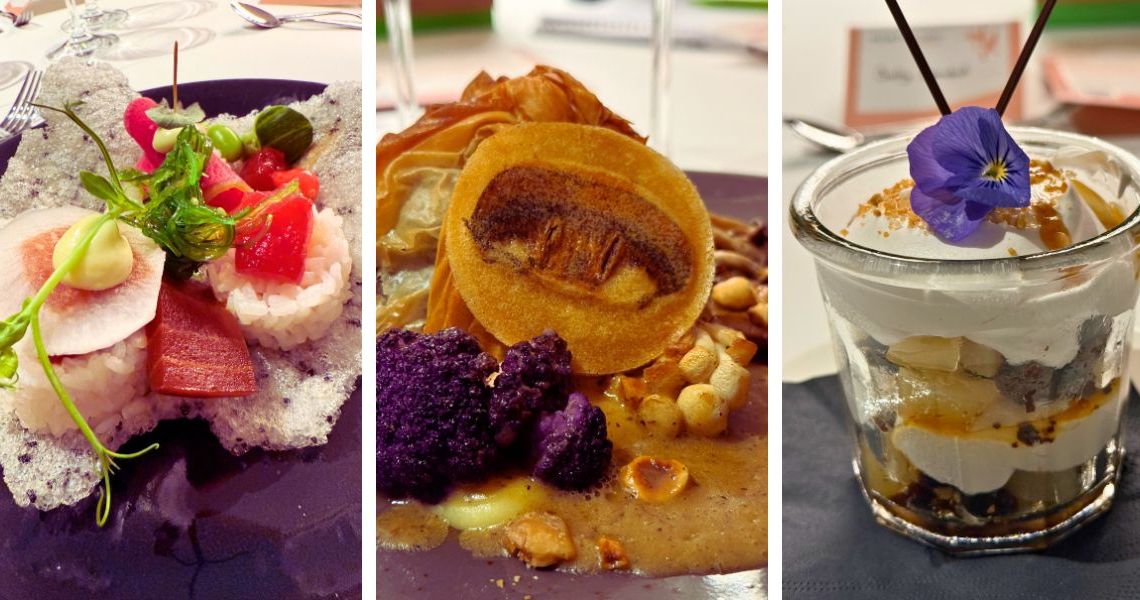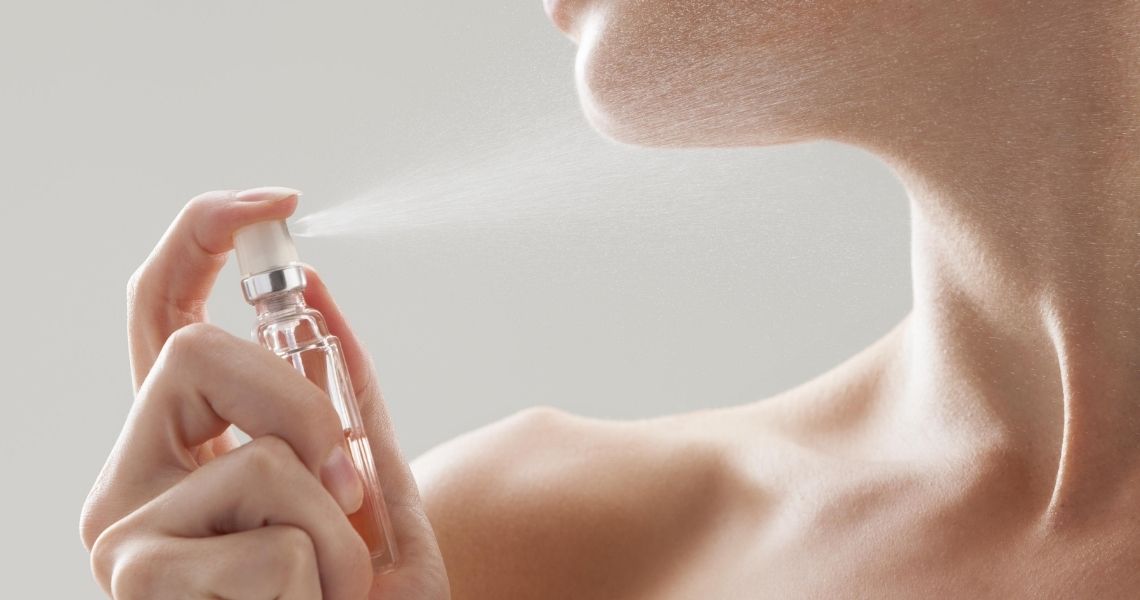In the world of delicious breakfast items and desserts, there aren’t many items more iconic than waffles and pancakes. In fact, both fit comfortably into the UK’s top 10 favourite breakfast foods! The two dishes share a lot of similarities in terms of the context in which they’re enjoyed, typical toppings and even ingredients, but neither is known as a particularly healthy way to start the day. But if you had to pick, which is healthier?
This blog will take a closer look at pancakes and waffles, giving insights into whether one is healthier than the other and how each can be served in a more diet-friendly way.
Is pancake and waffle mix the same?
The first thing to consider is that waffles and pancakes are made of essentially the same ingredients. In general, both items are made from flour, bound with milk/water, eggs and some sort of fat. In some cases, you can get complete flour mixes, ready to be mixed with water for use on a griddle, crepe maker or waffle iron.
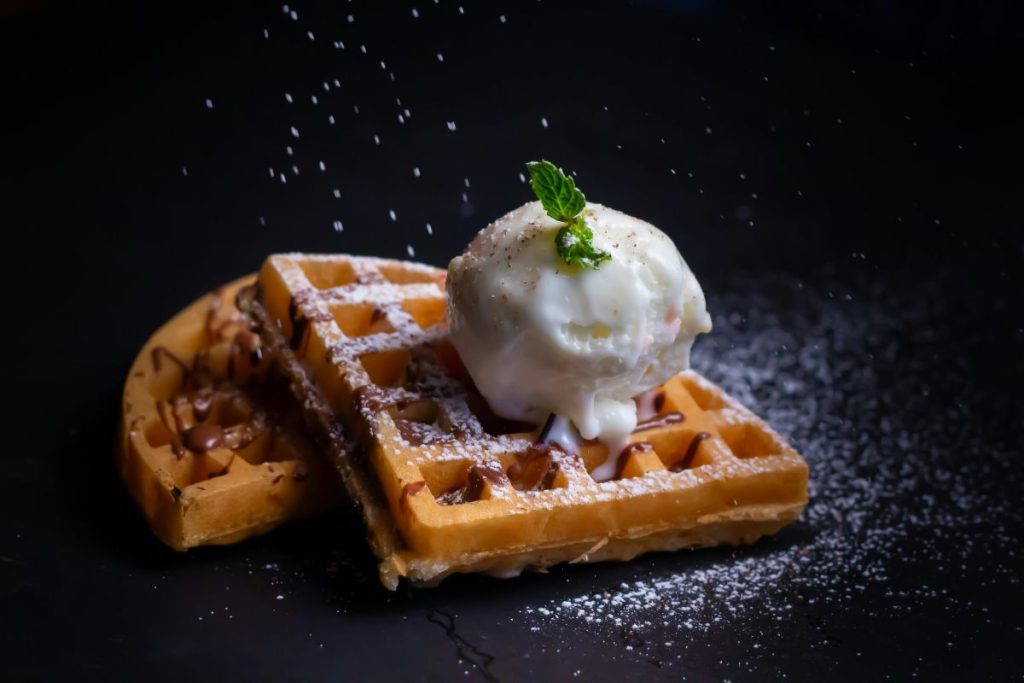
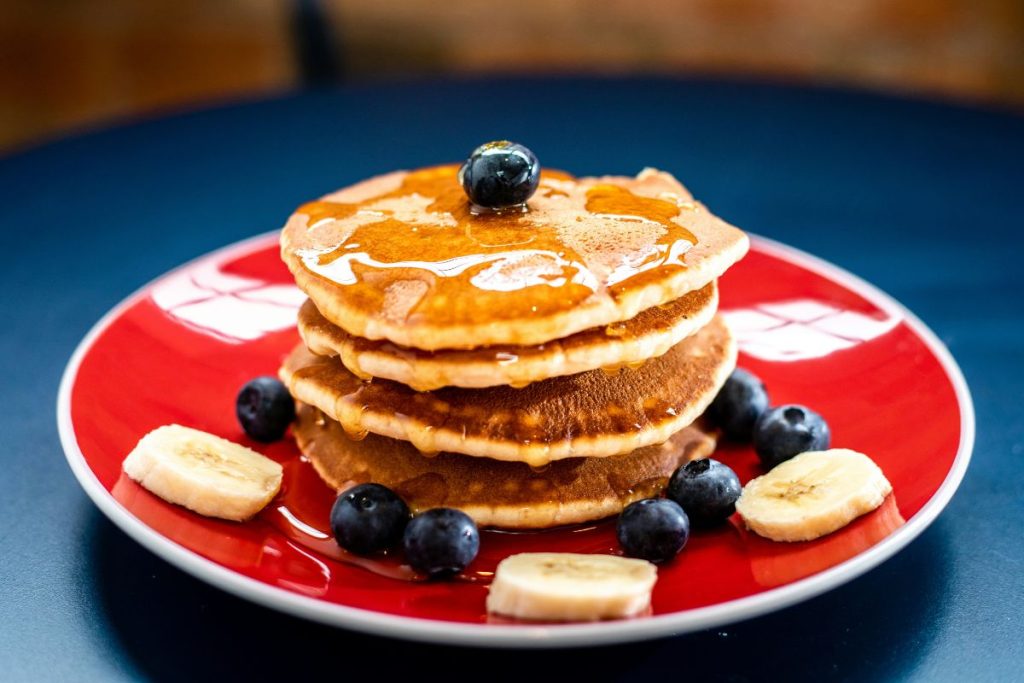
With this in mind, you might think they’re the same in terms of health factors. And if you do things at the same weight, a one-serving waffle recipe should be the same in macros as it is for a pancake. However, if you’re going by size, waffles, with their ridges, have a little more surface area, which might make them a little more calorific.
So what’s healthier, waffles or pancakes?
Really, the question of health is similar to “how long is a piece of string”, when it comes to the two dishes. Health in food is defined by all sorts of things, such as:
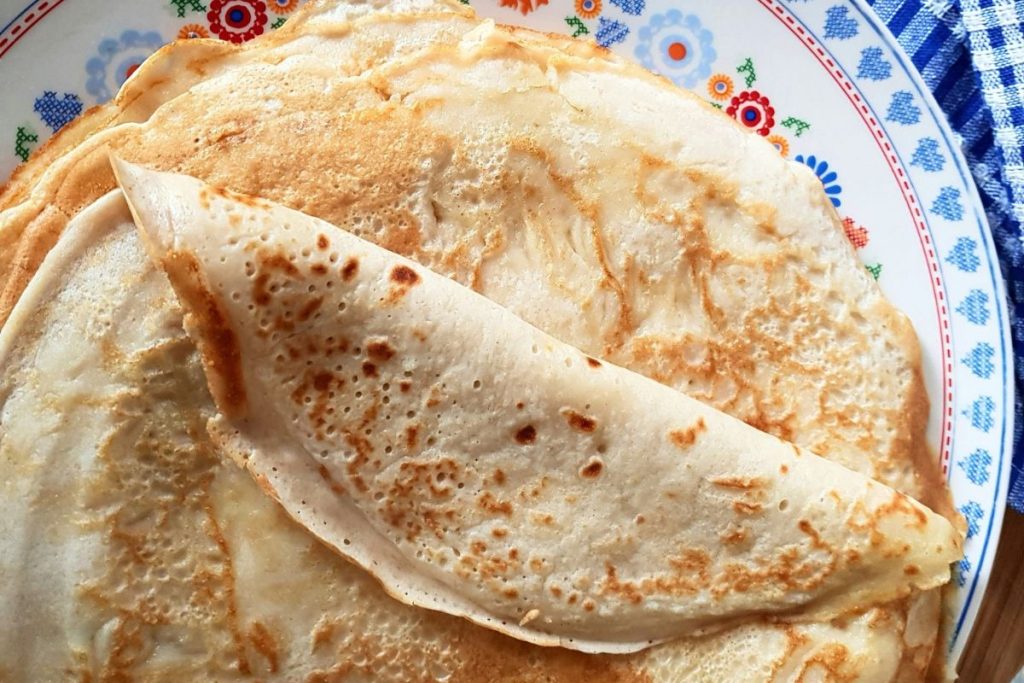
- Calorie count
- Fat/saturated fat content
- Carbohydrate content
- Protein levels
- Vitamins/minerals
Manipulating these macronutrient factors with toppings and additional ingredients is the best way to make either dish healthier or more nutritious.
How to make waffles and pancakes healthier
The easiest way to improve the nutritional profile of waffles or pancakes is to alter the toppings you use. Some more nutritious approaches to topping your waffles and pancakes can include:
With toppings
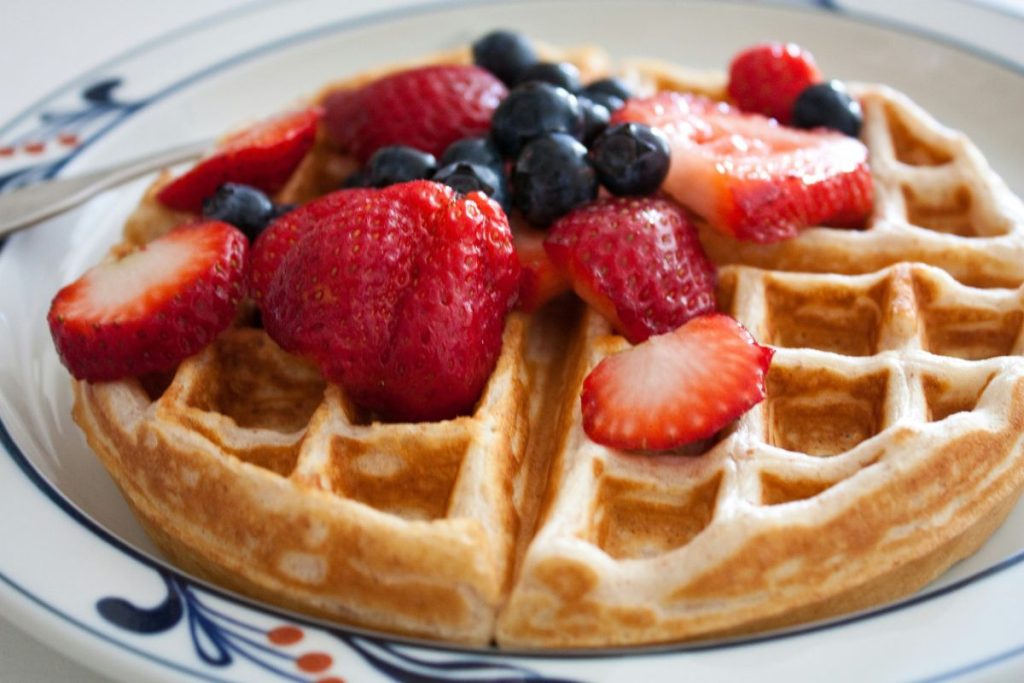
Avocado and poached eggs. Avocados are full of healthy fats, while poached or boiled eggs with a runny yolk offer a healthy way to enjoy some protein-rich, savoury luxury on a fluffy, crispy-edged base.
Greek yoghurt and fresh fruit. Greek yoghurt is packed with protein and probiotics, while fresh fruit will satisfy your sweet tooth without spiking your blood with processed sugar. Some local honey can boost the sweetness and enhance the immunity factor.
Peanut butter and banana. This is a fairly high-calorie serving, but whole-nut peanut butter is a great source of protein and healthy fats, while bananas are a perfect source of carbs and potassium. This one is ideal before a workout or a run.
Ricotta with seeds. This one can be sweet (with added jam) or savoury (a drizzle of chilli crisp) due to the neutral flavour profile of ricotta and seeds. With protein, calcium and fibre, this is a good, filling topping for breakfast or brunch.
Knowing what to serve with waffles and pancakes is the most important step in terms of making either of the foods healthier. Some other methods of enhancing the health factor in these foods is:
- Incorporating protein powder
- Adding bananas to the batter
- Using whole-grain flour
- Incorporating whole grains like oats into the batter
- Simply managing portion control
If you’re making waffles and pancakes at home or if you’re selling them to the masses, there are plenty of ways to make them more nutritious. But also, remember, sometimes people want to eat something luxurious and that’s fine! A balanced diet is all about moderation and understanding time and place with specific dishes.
Images courtesy of unsplash.com and pexels.com







